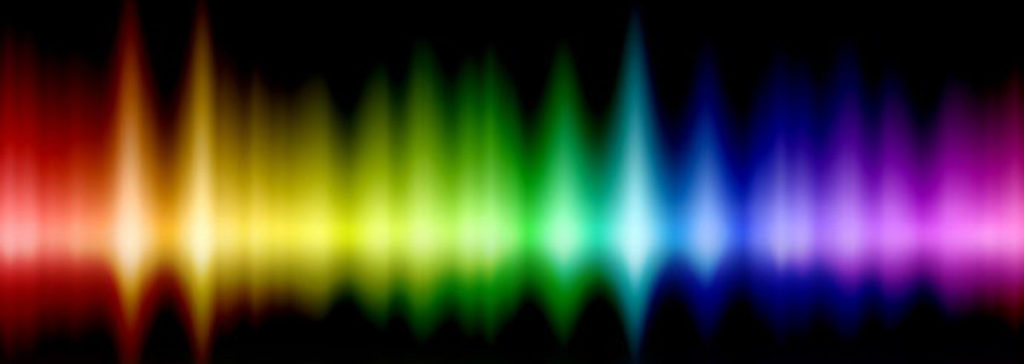What is Light Therapy and Its Uses?
Light therapy uses a lamp, often in a light box that emits light in high doses to help treat various types of depression, insomnia and sometimes even jet lag. This type of light therapy should not be confused with UV Light therapy, a more concentrated UV ray used to help treat various skin conditions such as Psoriasis and acne.
UV Light, if used in high doses, and on the wrong type of condition, can cause serious skin inflammation and in some cases internal problems. You should always talk to your doctor before undergoing any type of light therapy.
Uses of Light Therapy
Did you know there are many uses for the light therapy box, in addition to Seasonal Affective Disorder (or SAD)?
Some of these uses are listed below:
• Unseasonal Depression
• Insomnia
• New night shift work Schedule
• Dementia
• Severe jet lag
• Depression during Pregnancy or Breast Feeding
• Any other condition – as recommended by your doctor
Some suggest that a tanning bed can be used as an alternative to light therapy, this has not been proven to be a true statement. In fact, tanning beds often create more problems, such as a higher risk for skin cancer.
Purchasing a Light Therapy Box
Light therapy boxes are almost never covered by insurance. However, your doctor can usually give you some recommendations of where to buy them online or in retail stores that won’t create too much of a burden on your wallet.
Be sure you purchase a box that has the options and features you are looking for. There are many varieties. It is recommended that you do thorough research before purchasing your light therapy box, bulb or lamp.
Benefits of Using Light Therapy As An All-Natural Therapy Method
Even though a complete cure for depression, SAD, or even insomnia is almost never reported with this treatment, there are many health benefits that can come from consistent use of light therapy. Number one being the reduction of prescription medications.

When using a light therapy box, it is important to not just rest the light on your skin, but to have it indirectly facing into your eyes. Those who aim it on their skin alone may receive some benefits, but, the benefits are greatly heightened when aimed indirectly into the eyes. Be careful not to look directly into the light – doing so may cause retinal damage.
Despite potential risks and precautions – talked about in greater detail in the next section – the light therapy box is a great way to reduce your mental stress, improve your mood, and elevate your energy levels naturally – especially during fall and winter months – when the sun shines the least.
Click here to see the Light Box on Amazon at a special price for you: http://amzn.to/2f2gHX4
Those who practice safe and healthy light therapy techniques – which include safe duration of time (15 min – 2 hrs. a day), timing of light therapy practices (early morning) and proper intensity (see doctor for guidelines), usually see a reduction in medication usage.
For an even more natural use of light therapy, try using the natural sunrise light therapy bulbs, which can be placed in lamps, overhead lights or wherever you normally use your light therapy box. These bulbs work with your natural circadian rhythms, lighting the room slowly, to create a more instinctive morning awakening.
Risks and Precautions
Unfortunately, as with nearly every health care therapy there are some risks and precautions you should be aware of before starting or participating in ongoing light therapy treatment. Patients with SLE (Systemic Lupus Erythematosus) or other conditions where the skin may be sensitive to light or anyone who takes antibiotics or natural supplements that increase sensitivity to light, are counselled not to take part in this type of therapy.
Additionally, anyone with a history of skin cancer or eye sensitivity should not use light therapy. If you have any questions about whether or not you should use this type of therapy for your condition, please visit your doctor before starting on treatment, as stated above.
Be aware that many of the side-effects that can be experienced are short lived and mild in severity, but, they should never be ignored.
The following is a short list of some of the side-effects that may be experienced during light therapy:
• Eyestrain
• Headaches
• Vomiting (Nausea)
• Irritability
• Agitation
• Mania, euphoria, hyperactivity or agitation associated with bipolar disorder
And again as with nearly all treatments other side-effects may occur. If any of these or other side effects continue, or worsen, you should contact your doctor right away.
